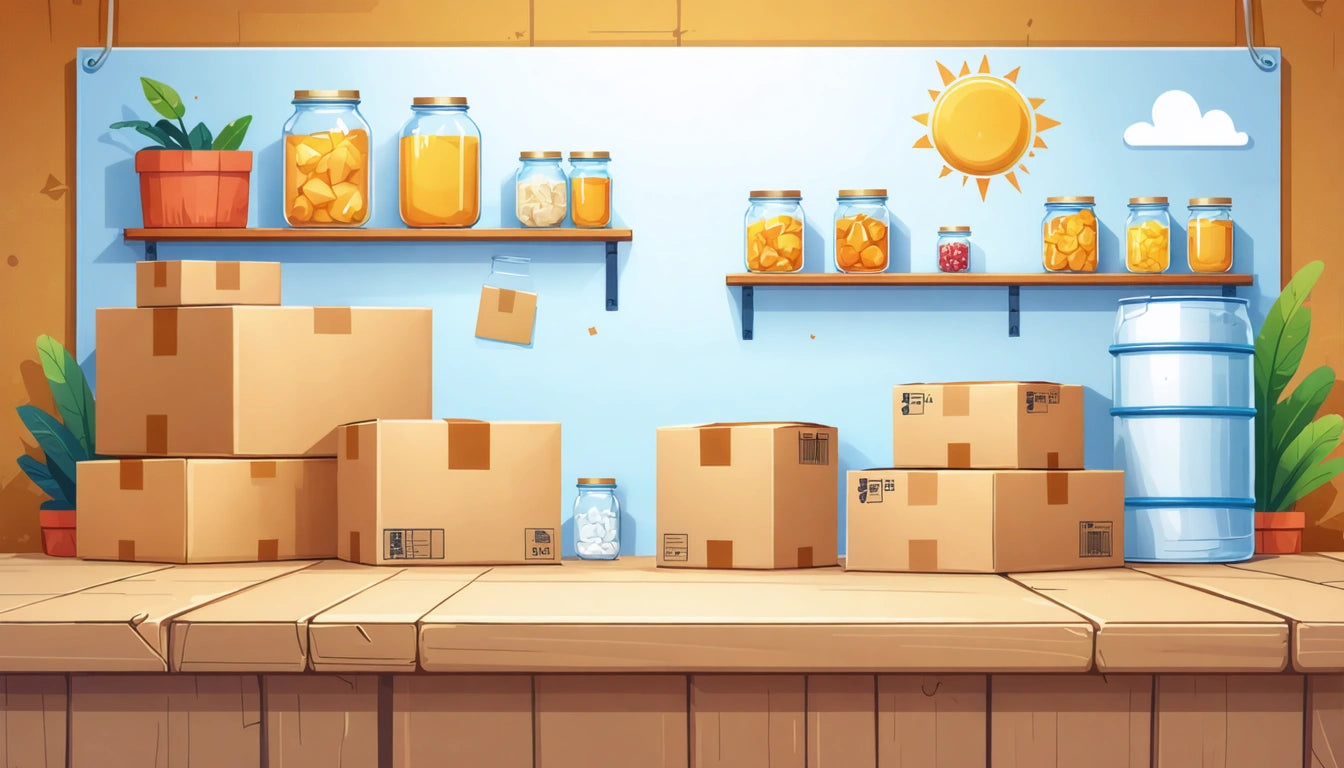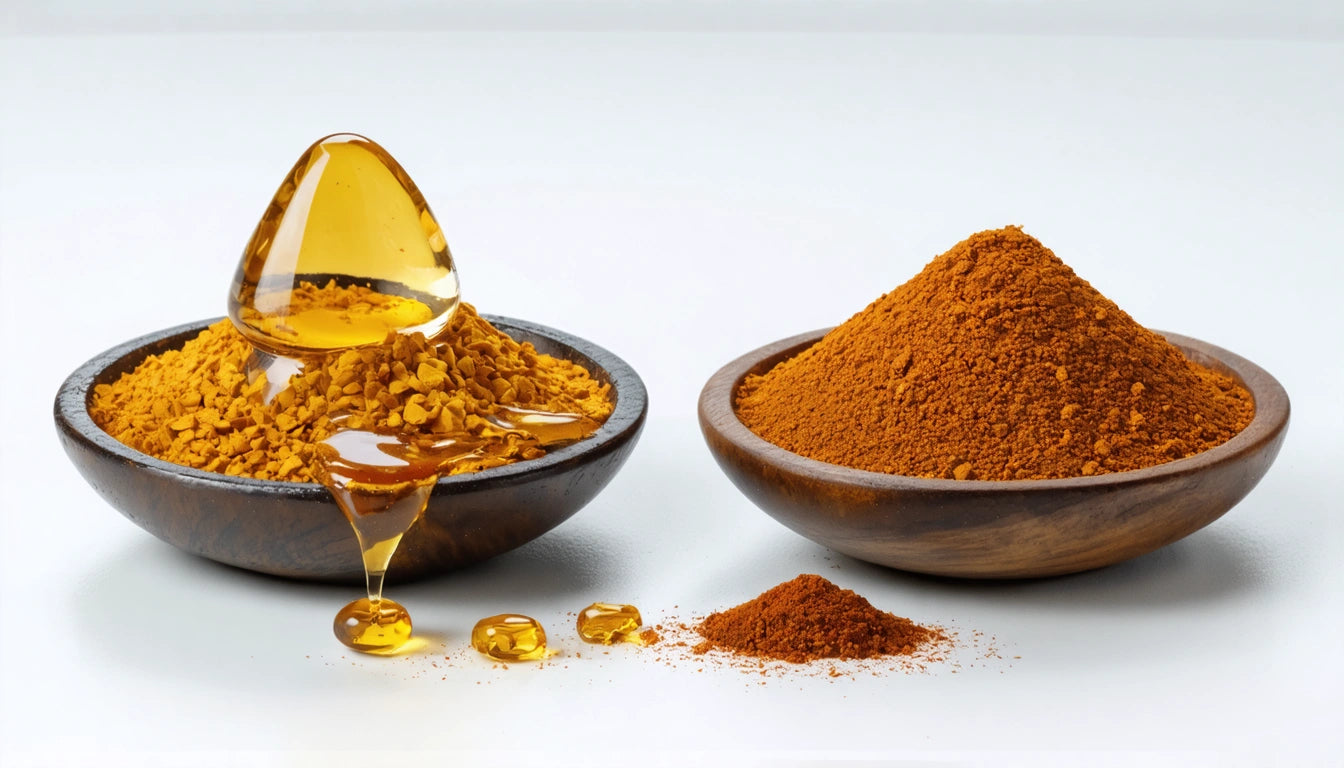Table of Contents
Understanding Shrink Wrap: Materials, Mechanisms, and Comparisons with Stretch Film
Shrink wrap has revolutionized how products are packaged, transported, and displayed. This versatile material creates a tight, protective seal around items of virtually any shape or size. Understanding what shrink wrap is made of and how it works can help businesses make informed packaging decisions that impact protection, presentation, and sustainability.
What Is Shrink Wrap: Materials and Composition
Shrink wrap is a polymer plastic film that contracts when heat is applied. The most common materials used in manufacturing shrink wrap include:
- Polyolefin: A premium, versatile option known for clarity and strength
- PVC (Polyvinyl Chloride): Offers excellent clarity but has environmental concerns
- Polyethylene: Available in low-density (LDPE) and high-density (HDPE) varieties
- Polypropylene: Heat-resistant and commonly used for food packaging
Each material offers different characteristics regarding clarity, strength, and heat resistance. Polyolefin has become increasingly popular due to its versatility and lower environmental impact compared to PVC. This shift aligns with the industry's growing focus on sustainable packaging materials and benefits.
How Shrink Wrap Works: The Science Behind the Shrink
The question of how does shrink wrap work has a fascinating answer rooted in polymer science. During manufacturing, the plastic film is stretched and cooled in an expanded state. This process creates tension within the molecular structure, essentially "freezing" the material in a stretched condition.
When heat is applied through a heat gun, shrink tunnel, or other heating device, the plastic molecules receive energy that allows them to return to their original, unstretched state. This molecular memory is what causes the film to shrink tightly around the packaged item.
The Shrinking Process
The typical shrinking process involves:
- Wrapping or bagging the product in the film
- Sealing the edges (often with a heat sealer)
- Applying controlled heat to activate the shrinking
- Cooling to set the final shape
This process creates a tight, conforming layer that protects products from dust, moisture, and tampering. Our secure packaging solutions for sensitive products often incorporate shrink bands or films to provide tamper-evidence and additional protection.
Shrink Wrap vs Stretch Film: Key Differences
While often confused, stretch film and shrink wrap are distinct products with different applications and properties:
| Feature | Shrink Wrap | Stretch Film |
|---|---|---|
| Application Method | Heat activated | Mechanical stretching |
| Primary Use | Individual products, bundling | Pallet stabilization |
| Thickness | Generally thinner (1-5 mil) | Generally thicker (5-12 mil) |
| Cost Factors | Material plus heat equipment | Material only (no equipment) |
| Conformity | Conforms exactly to product | Wraps around with tension |
Understanding these differences helps in selecting the right material for specific packaging needs. For complex shapes or retail products requiring pristine presentation, shrink wrap often provides superior results. For bulk shipments and pallet stabilization, stretch film typically offers a more cost-effective solution.
Applications and Uses Across Industries
Shrink wrap finds applications across numerous industries due to its versatility:
- Retail Packaging: Creates tamper-evident seals and professional presentation
- Food Industry: Preserves freshness and extends shelf life
- Pharmaceutical: Provides tamper evidence and product protection
- Cannabis Industry: Ensures compliance with regulations while maintaining product freshness
- Industrial: Protects products during shipping and storage
In the cannabis industry specifically, shrink wrap plays a crucial role in maintaining product integrity and compliance. It helps preserve terpenes and cannabinoids while providing the tamper-evident packaging often required by regulations. This approach to packaging aligns with the principles discussed in our guide to flexible versus rigid packaging solutions.
Best Practices for Shrink Wrap Application
For optimal results when working with shrink wrap:
- Select the appropriate film thickness for the application
- Ensure proper ventilation when applying heat
- Maintain consistent temperature during the shrinking process
- Allow adequate cooling time before handling
- Consider environmental factors like humidity and ambient temperature
Proper application not only improves the appearance of the final package but also maximizes protection. For specialized applications, custom films with specific shrink ratios or directional shrink properties may be necessary.
When comparing material options, it's helpful to understand how different materials interact with adhesives and other packaging components for a complete solution.
Advancements in Packaging Technology: Where Shrink Wrap Is Headed
The shrink wrap industry continues to evolve with several notable trends:
- Biodegradable Options: New formulations address environmental concerns
- Reduced Thickness: Advanced polymers provide strength with less material
- Smart Packaging: Integration with QR codes and NFC technology
- Improved Clarity: Enhanced visibility for retail appeal
- Automation: More efficient application systems reducing labor costs
These advancements address growing consumer demand for sustainable packaging while maintaining the protective qualities that make shrink wrap valuable. As with other packaging technologies discussed in our guide to blister packaging, the industry continues to balance protection, presentation, and environmental responsibility.
Understanding the materials, mechanisms, and applications of shrink wrap empowers businesses to make informed packaging decisions. Whether comparing it to stretch film or evaluating new sustainable options, knowledge of how shrink wrap works and what it's made of provides the foundation for effective packaging strategies.











Leave a comment
All comments are moderated before being published.
This site is protected by hCaptcha and the hCaptcha Privacy Policy and Terms of Service apply.